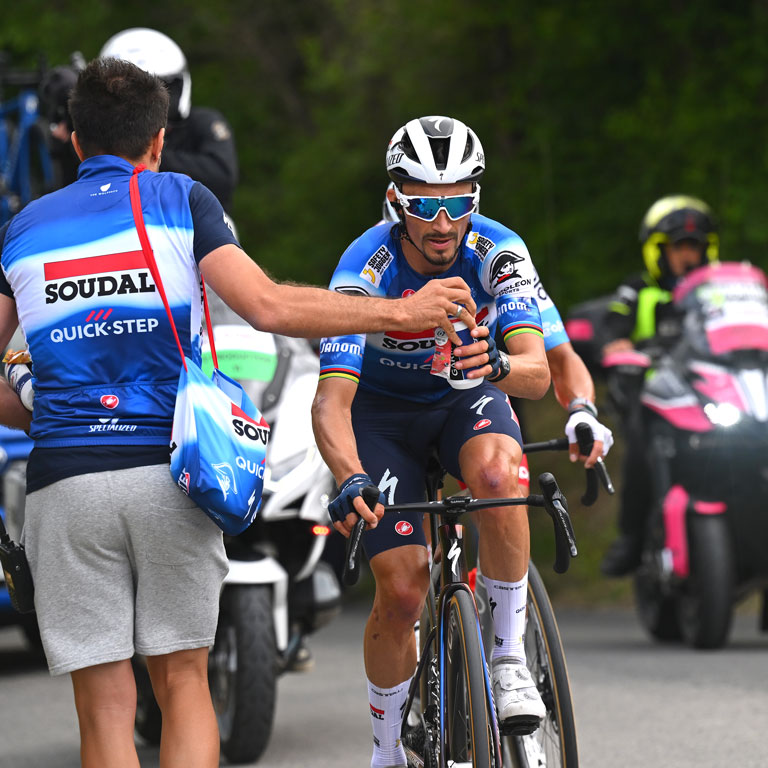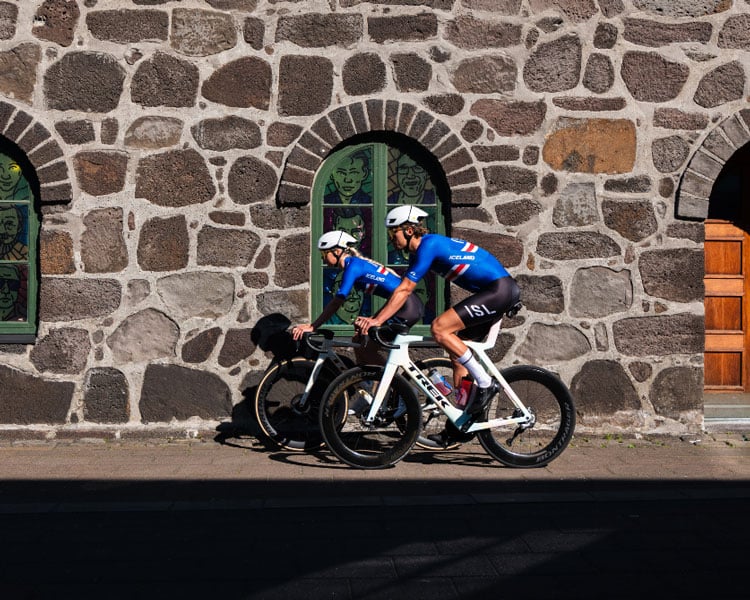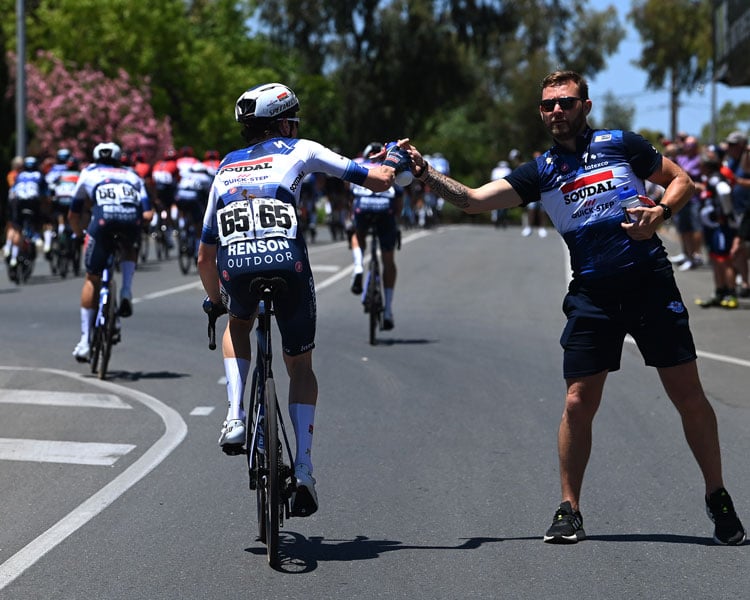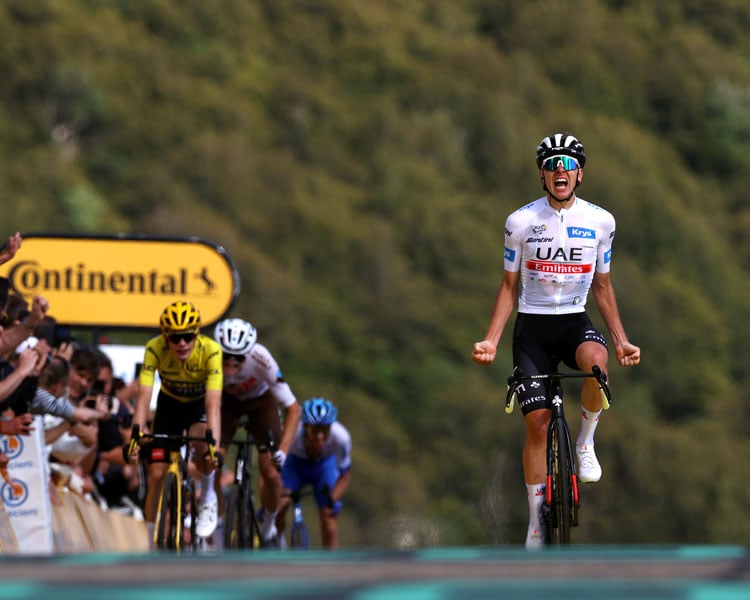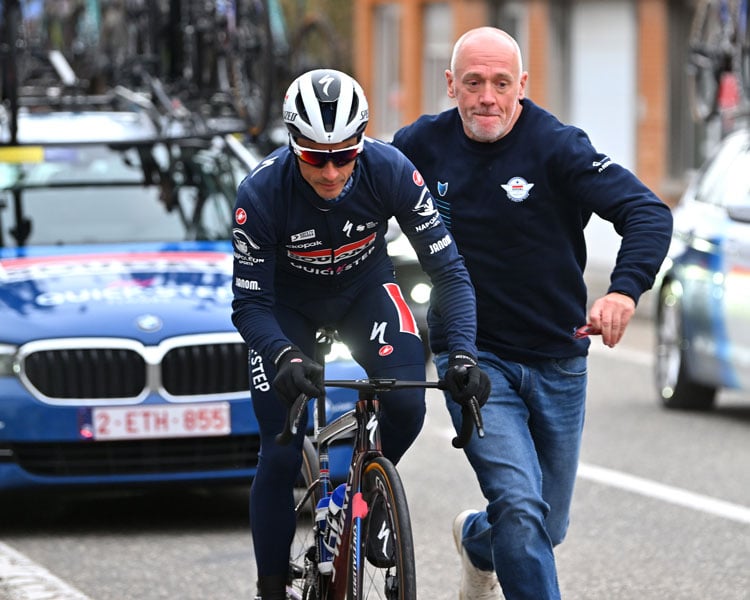
エリートサイクリングにおける「RED-S」とは?
カステリポッドキャストを聴こう
SPOTIFY
APPLE PODCASTS
In recent years, cycling has gained increased attention for its grueling demands on both male and female athletes. While fans marvel at the endurance and resilience of elite cyclists, an insidious issue often lurks in the background: Relative Energy Deficiency in Sport (RED-S). Originally termed the "Female Athlete Triad," RED-S goes beyond female athletes and includes male athletes as well. It affects overall performance, recovery, and health, creating a dangerous cycle if left unaddressed.
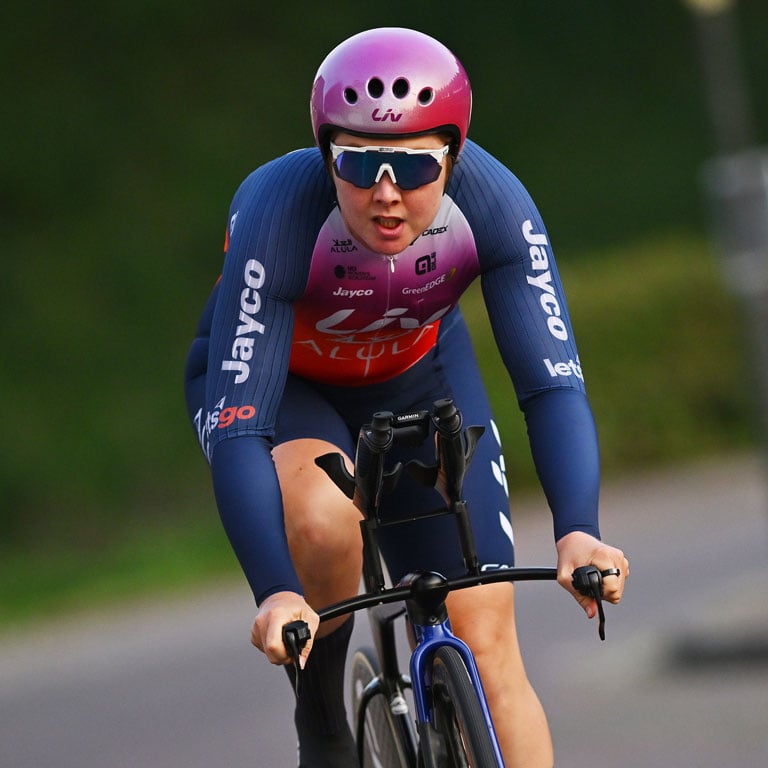
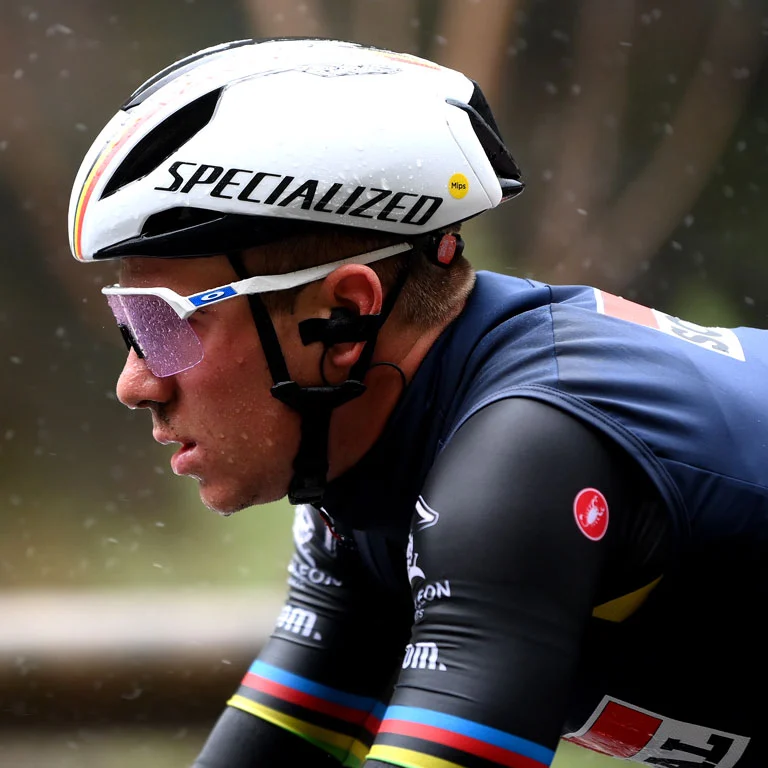
What is RED-S?
RED-S occurs when an athlete's energy intake is insufficient to support the energy expenditure required for both exercise and essential physiological functions. In simpler terms, it's when athletes burn more energy than they consume, leading to a state of energy deficiency. Over time, this energy imbalance can lead to impaired metabolic rate, decreased bone health, hormonal imbalances, and compromised cardiovascular and immune function.
In cycling, particularly during multi-stage races like the Tour de France Femmes, the extreme energy demands of each stage combined with insufficient recovery time create a perfect storm for RED-S. The intensity of such races, coupled with high expectations for weight management, makes riders particularly vulnerable.
In cycling, particularly during multi-stage races like the Tour de France Femmes, the extreme energy demands of each stage combined with insufficient recovery time create a perfect storm for RED-S. The intensity of such races, coupled with high expectations for weight management, makes riders particularly vulnerable.
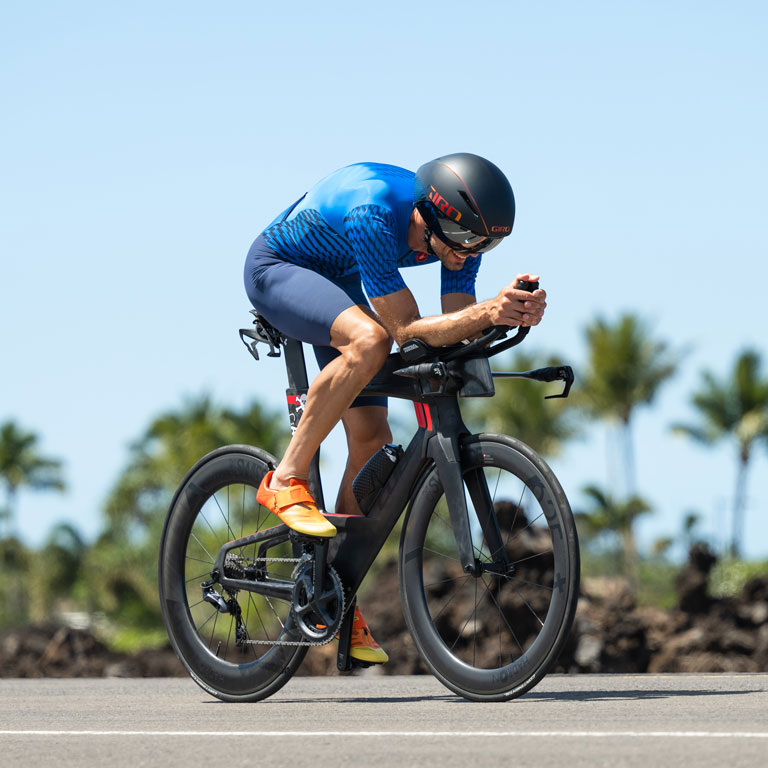

A Grueling Reality: The Tour de France Femmes
The reintroduction of the Tour de France Femmes in 2022 brought to light just how demanding multi-stage races are on female athletes. These races aren't just about enduring long distances; they involve high-speed climbs, tactical sprints, and managing fatigue day after day. Despite advancements in nutrition and training, the energy cost for female cyclists during these stages is still staggering.
A recent study by ResearchGate highlighted the energetic demands on a World Tour female cyclist during a multi-stage race. The research revealed how challenging it is to meet the caloric needs required to fuel such intense exertion, particularly for female riders, who often face societal pressures around body image and performance expectations.
As noted in the study, meeting these caloric demands is vital for maintaining muscle function, cardiovascular efficiency, and cognitive focus throughout the race. Failure to do so can significantly impair performance in later stages and increase the risk of long-term health issues.
A recent study by ResearchGate highlighted the energetic demands on a World Tour female cyclist during a multi-stage race. The research revealed how challenging it is to meet the caloric needs required to fuel such intense exertion, particularly for female riders, who often face societal pressures around body image and performance expectations.
As noted in the study, meeting these caloric demands is vital for maintaining muscle function, cardiovascular efficiency, and cognitive focus throughout the race. Failure to do so can significantly impair performance in later stages and increase the risk of long-term health issues.
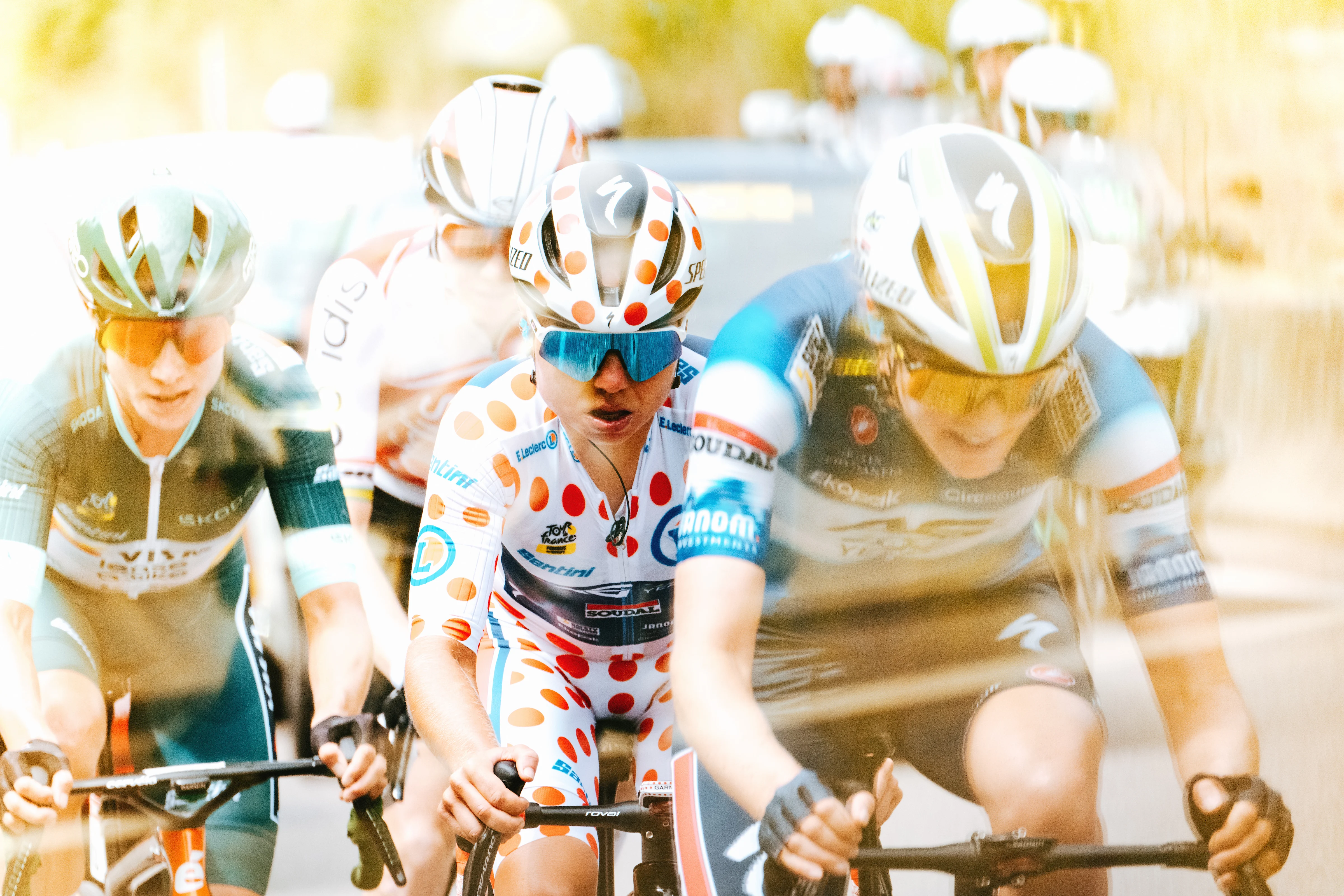
The Cost of Energy Deficiency in Cyclists
Navigating RED-S in Competitive Cycling
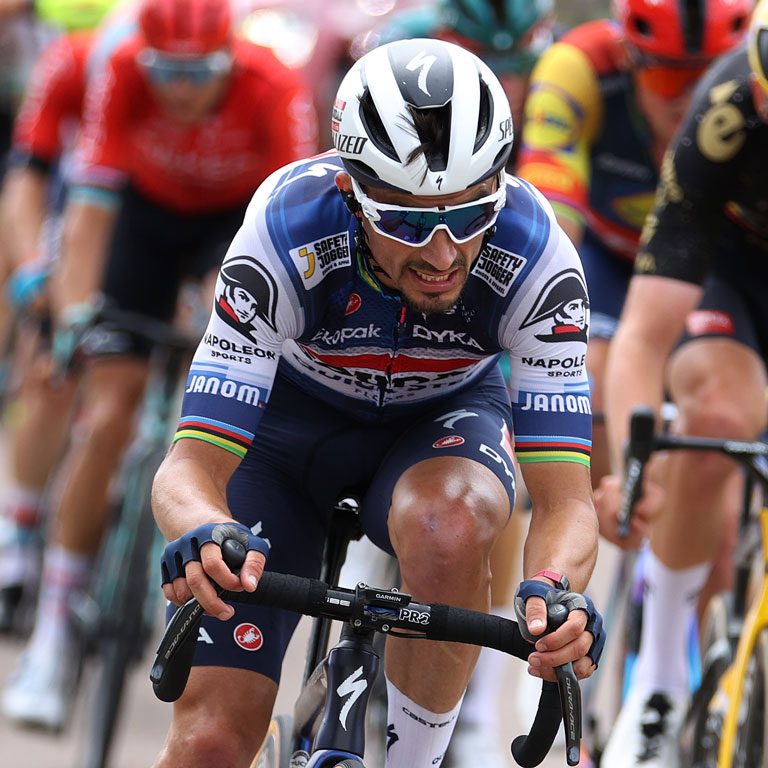
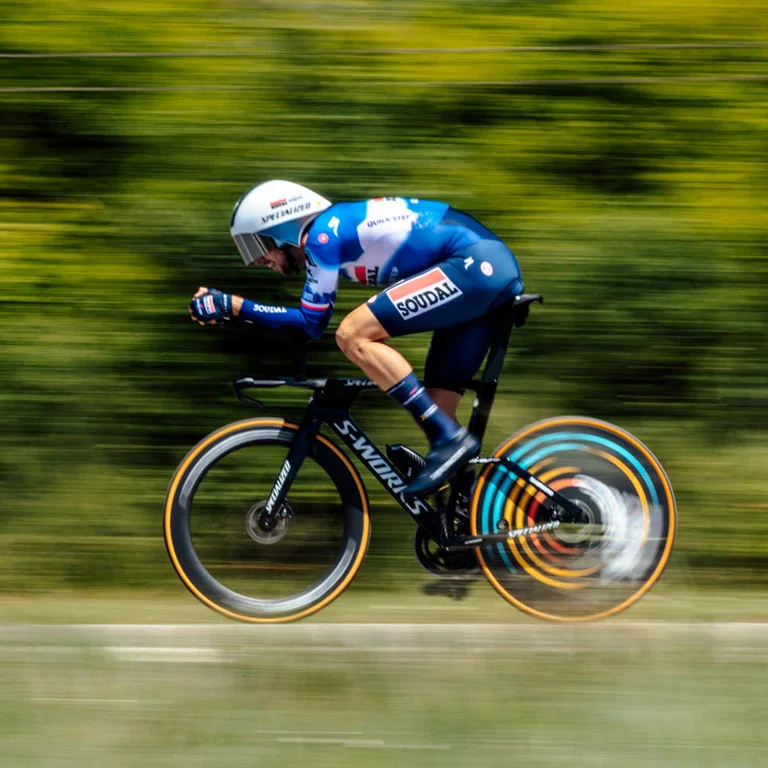
Moving Forward: Balancing Performance and Health
